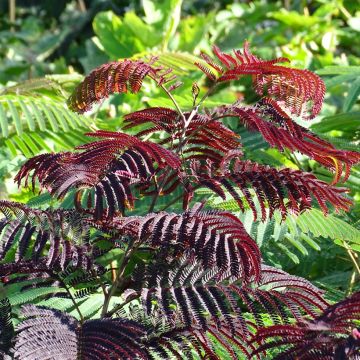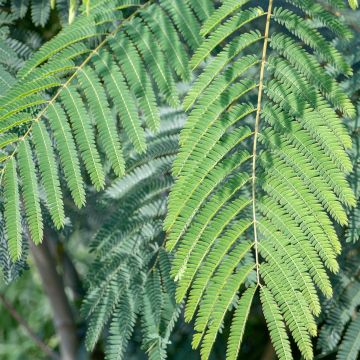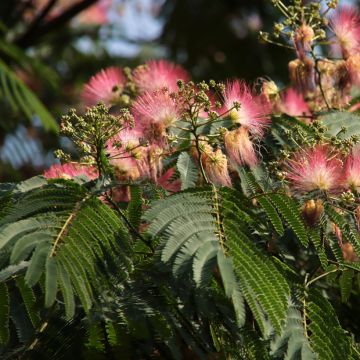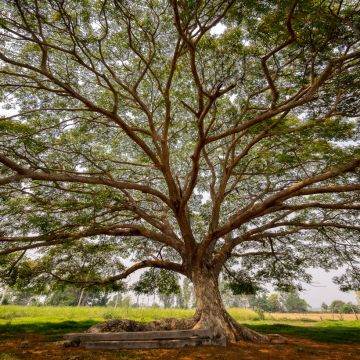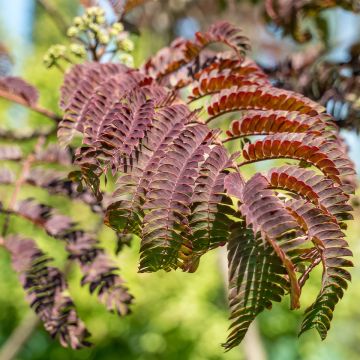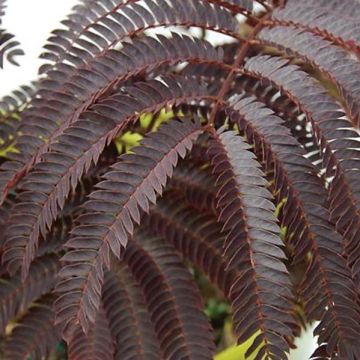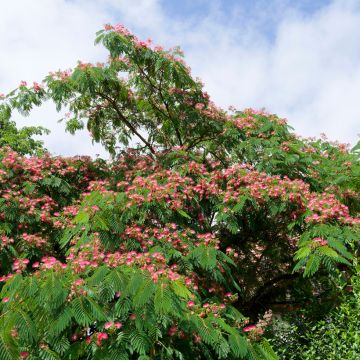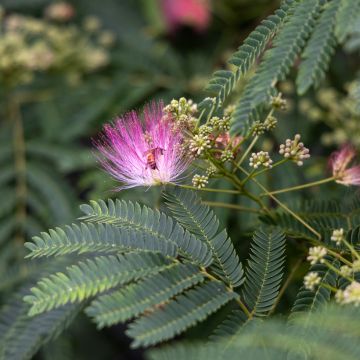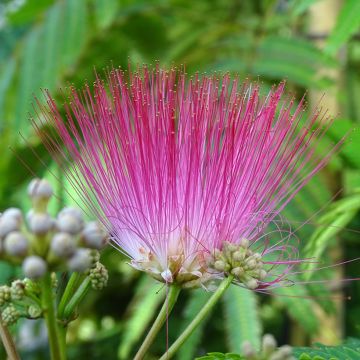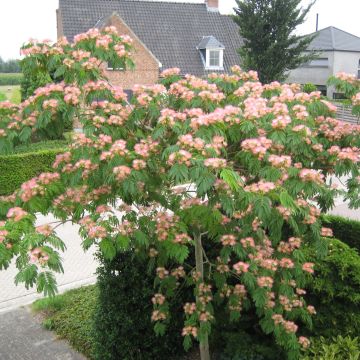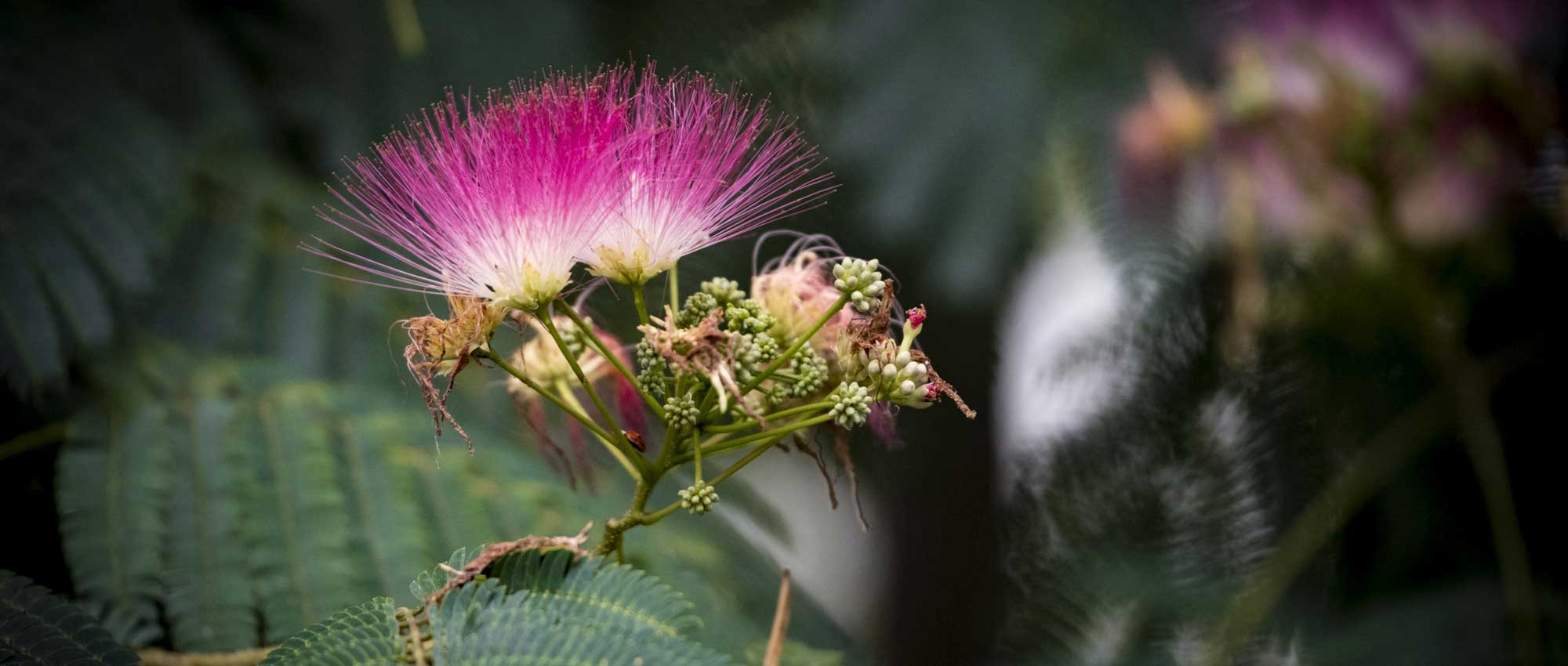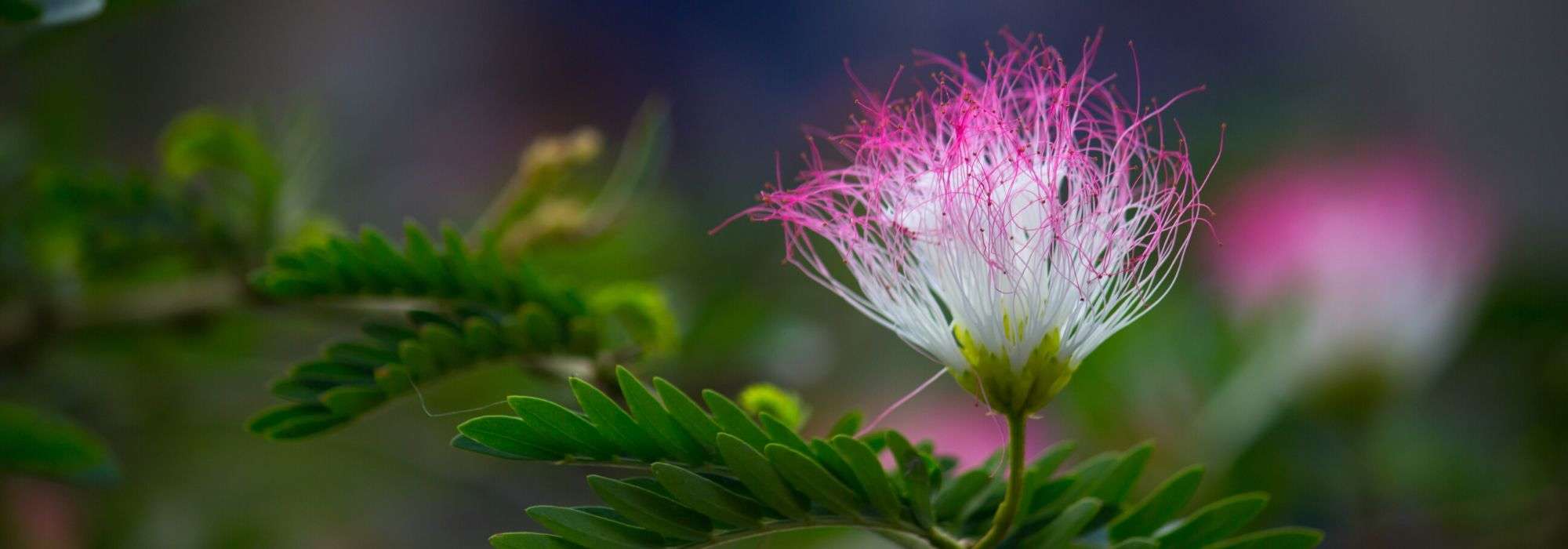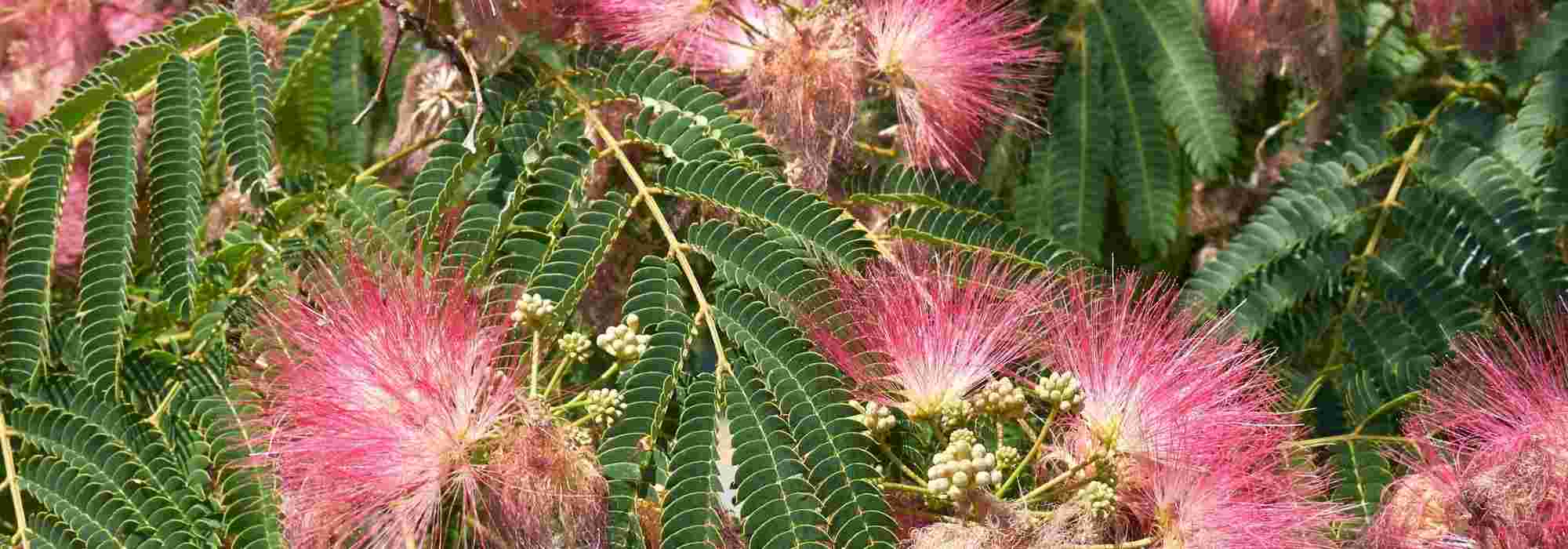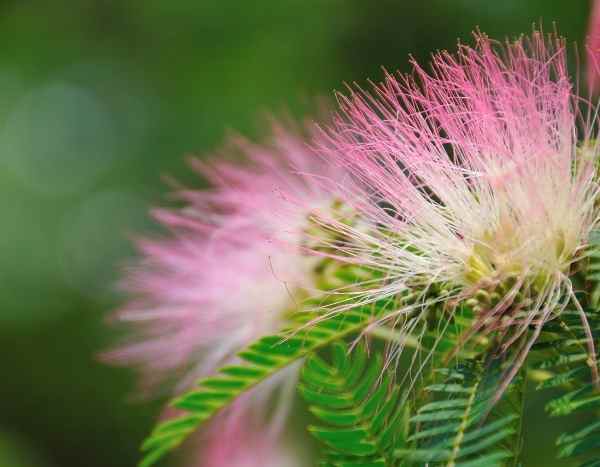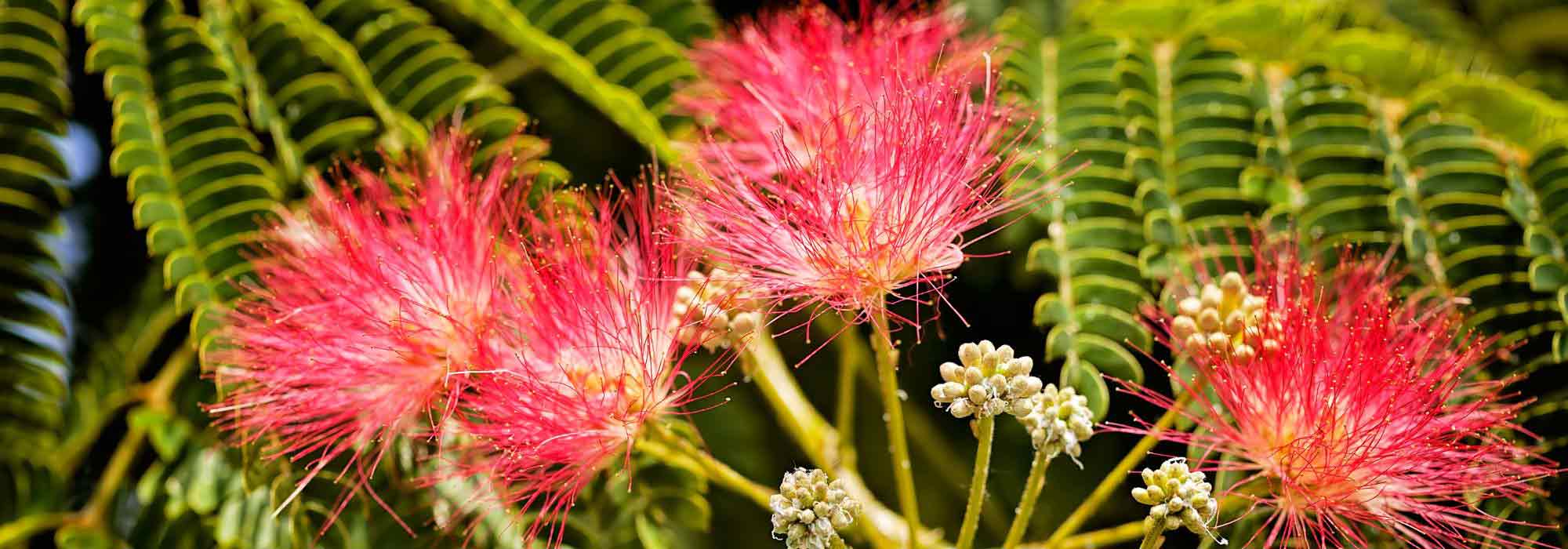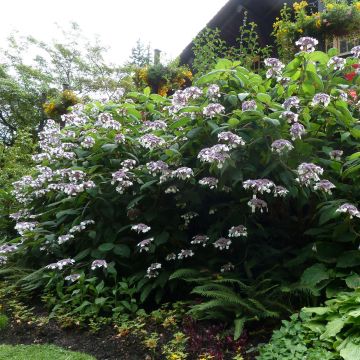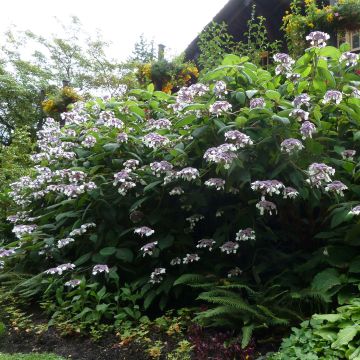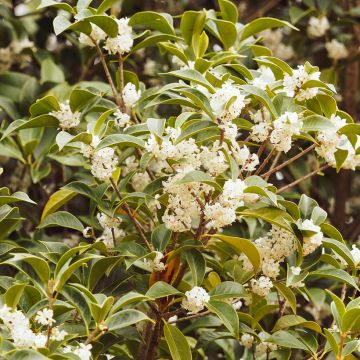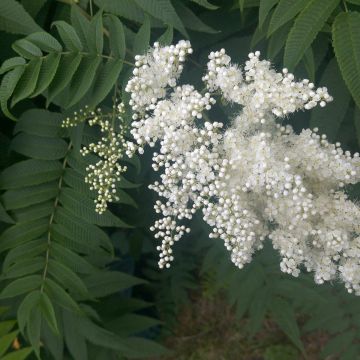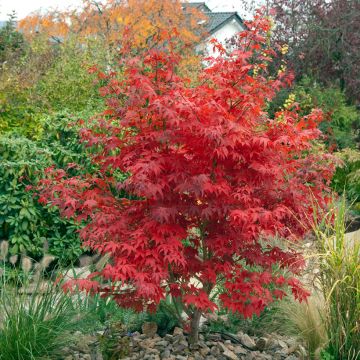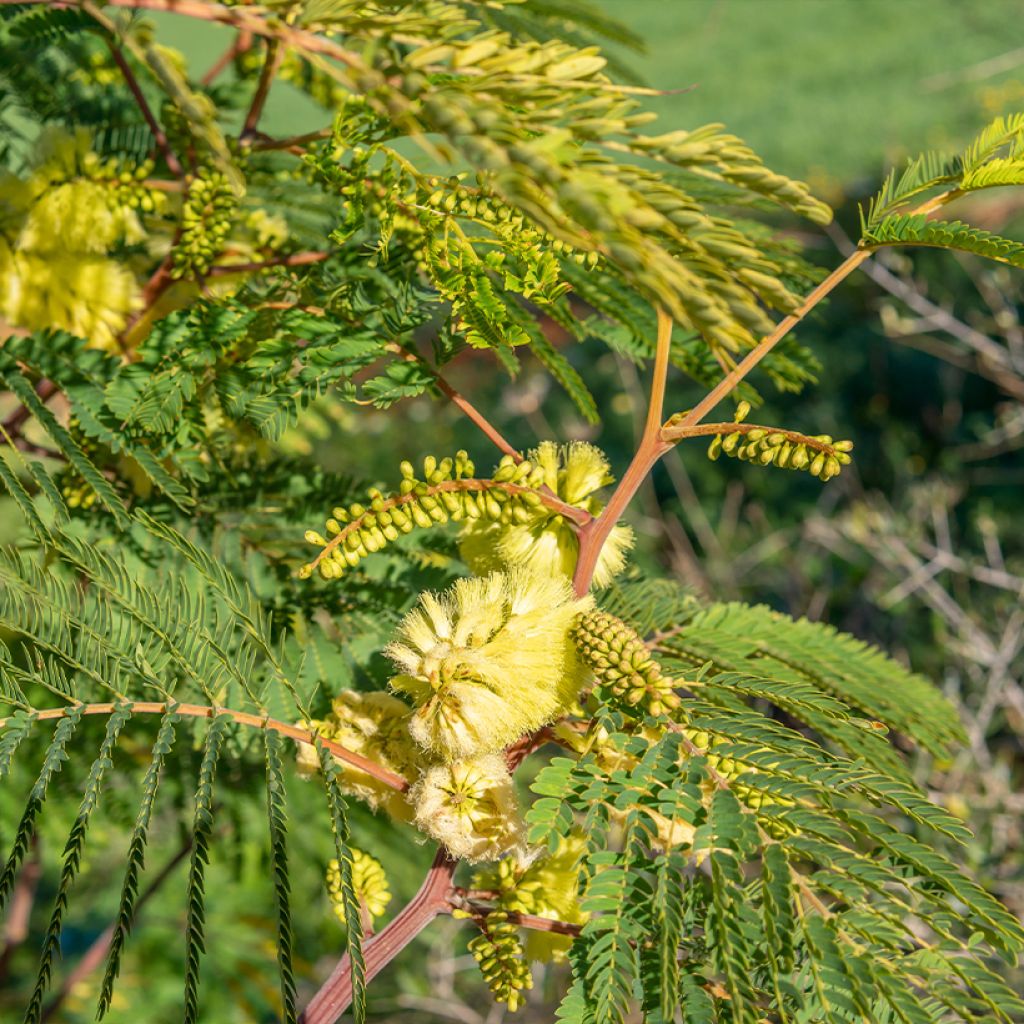

Paraserianthes lophantha - Albizzia - Acacia du Cap
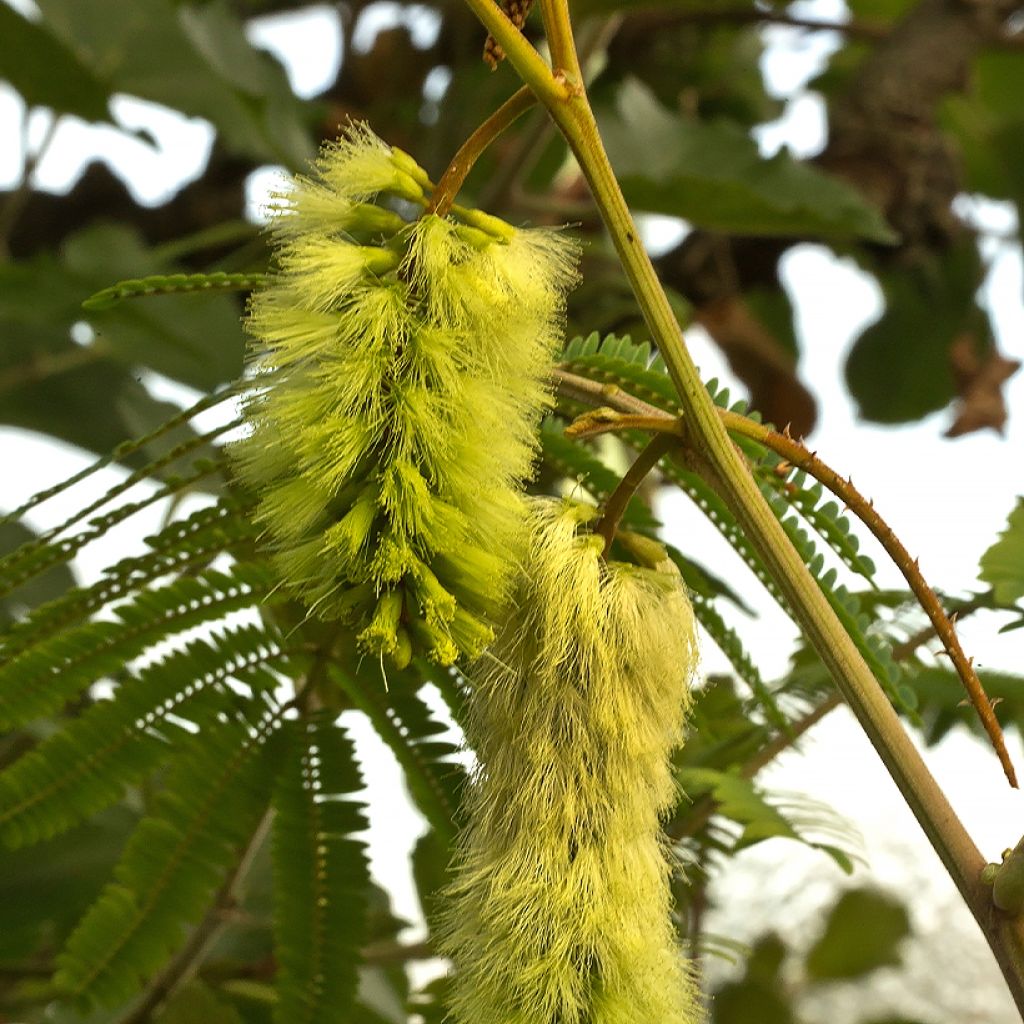

Paraserianthes lophantha - Albizzia - Acacia du Cap
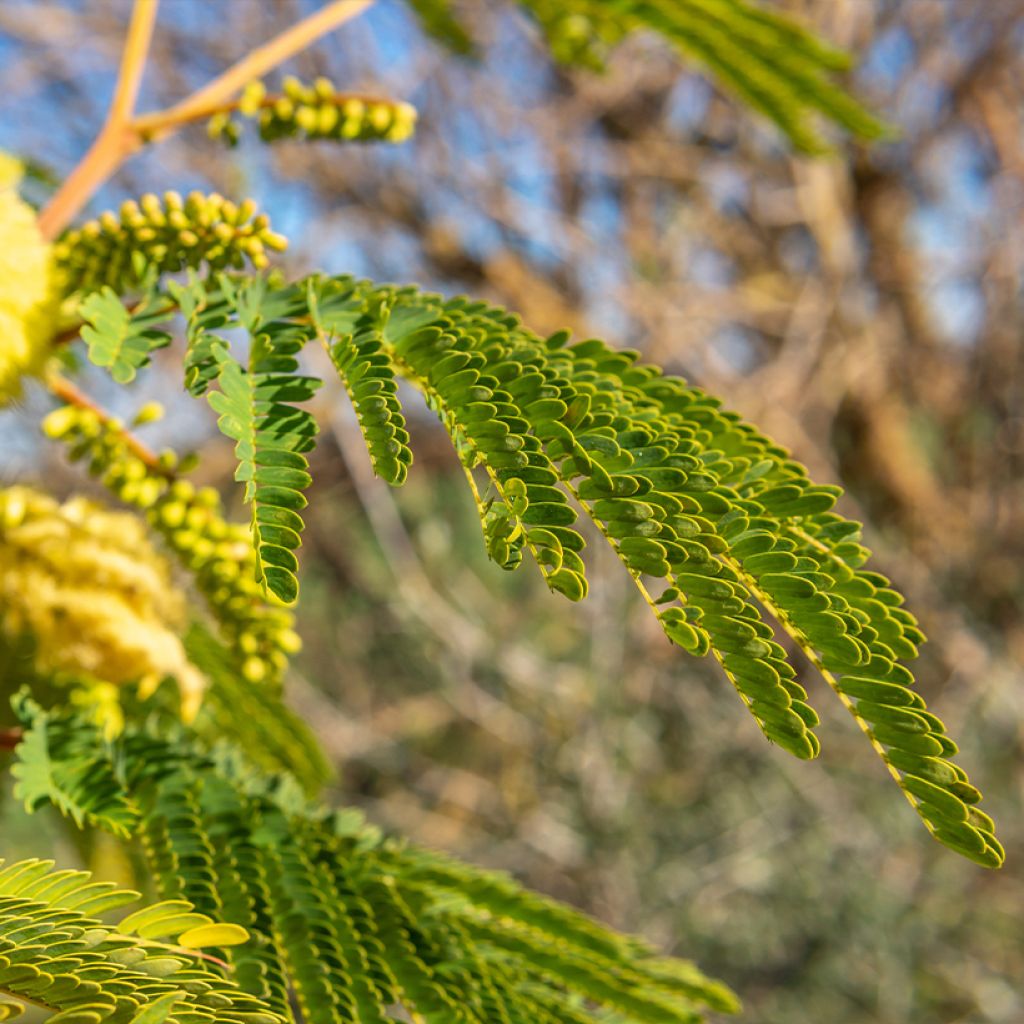

Paraserianthes lophantha - Albizzia - Acacia du Cap
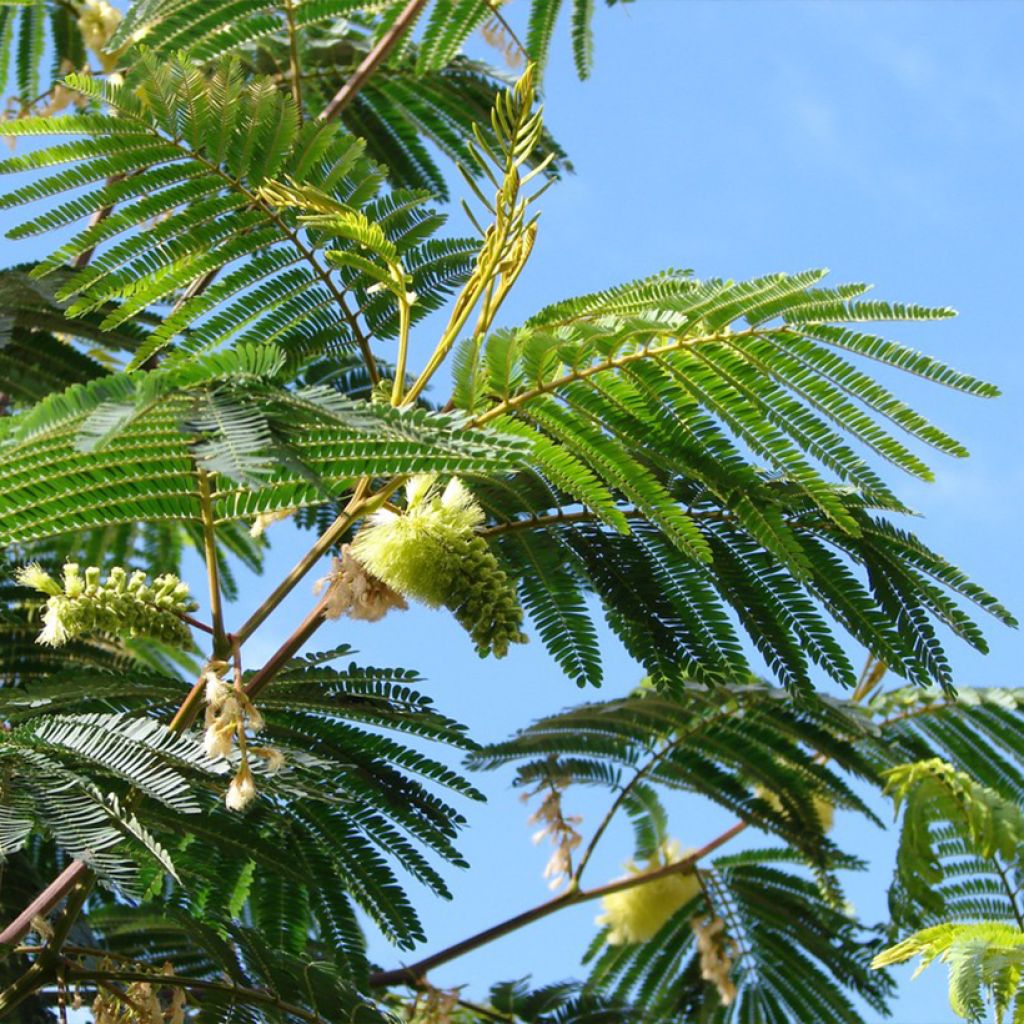

Paraserianthes lophantha - Albizzia - Acacia du Cap
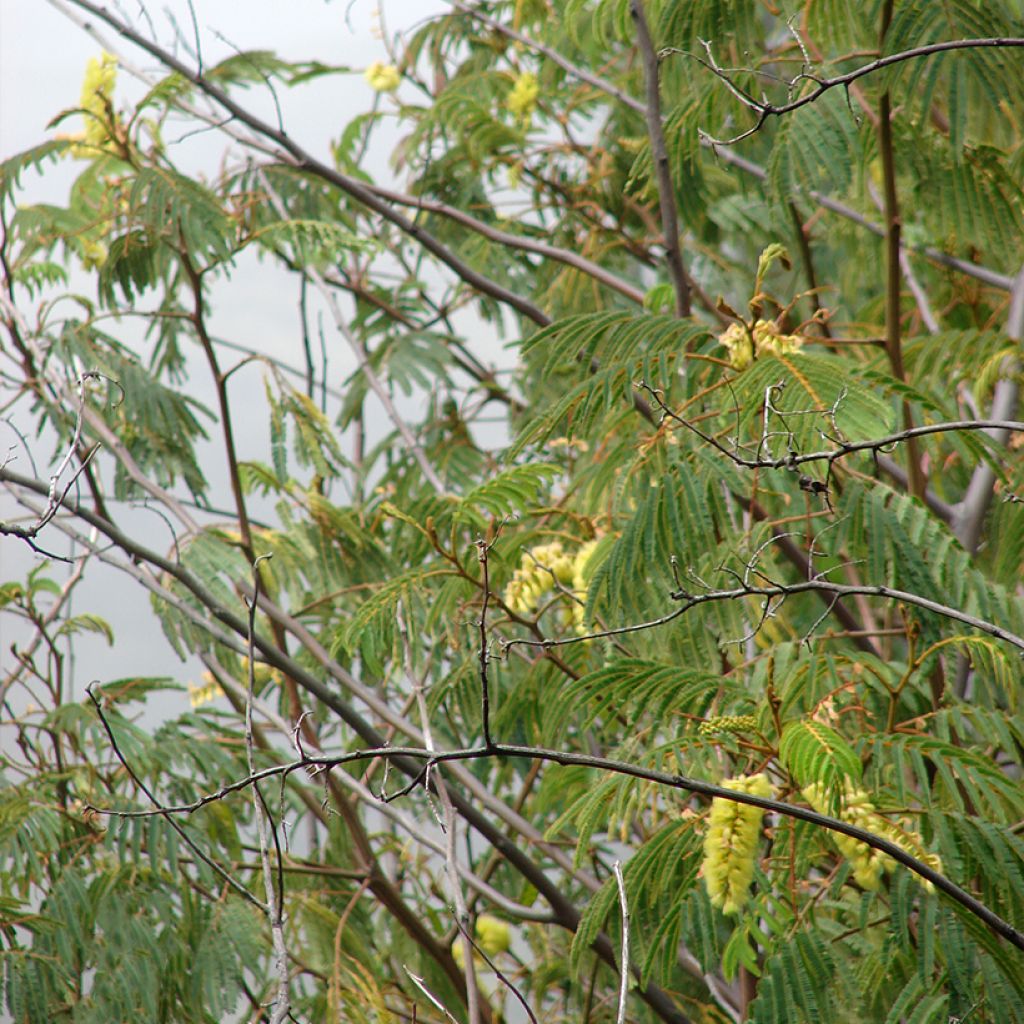

Paraserianthes lophantha - Albizzia - Acacia du Cap
Paraserianthes lophantha
Paraserianthes lophantha
Cape Wattle, Crested Wattle, Plume Albizia, Plume Acacia
Wonderful balcony bush; mine is facing south and I plan to bring it inside in case of frost; I also protect it from northerly winds.
Christine, 02/12/2022
Special offer!
Receive a €20 voucher for any order over €90 (excluding delivery costs, credit notes, and plastic-free options)!
1- Add your favorite plants to your cart.
2- Once you have reached €90, confirm your order (you can even choose the delivery date!).
3- As soon as your order is shipped, you will receive an email containing your voucher code, valid for 3 months (90 days).
Your voucher is unique and can only be used once, for any order with a minimum value of €20, excluding delivery costs.
Can be combined with other current offers, non-divisible and non-refundable.
Why not try an alternative variety in stock?
View all →This plant carries a 24 months recovery warranty
More information
We guarantee the quality of our plants for a full growing cycle, and will replace at our expense any plant that fails to recover under normal climatic and planting conditions.
Would this plant suit my garden?
Set up your Plantfit profile →
Description
The Paraserianthes lophantha will delight the happy owners of gardens in very mild climates, for the touch of exoticism it will bring. Fast-growing, it forms a charming small tree with a spreading habit, as wide as it is tall (about 5m (16ft) or more). Its doubly toothed foliage resembles that of Albizia julibrissin, but its flower is clearly different. On the one hand, because it takes the shape of a brush, resembling that of Callistemon, and its yellow colour is quite original and very aesthetic. On the other hand, its flowering occurs in the middle of winter! Rather easy to grow in most soils, this small tree tolerates dryness once well rooted.
Paraserianthes lophanta (also known by its old synonym Albizia lophanta) belongs to the Fabaceae family (or Leguminosae, subfamily Mimosoideae). As much as this botanical family is huge (nearly 20,000 species distributed worldwide, trees, shrubs, lianas, herbaceous plants, ornamental or food), the genus Paraserianthes has only 3 or 4 recognized species. Originally from Australia or Oceania, they have been spread for ornamental purposes in different areas of the world with favorable climates, and P. lophanta is starting to become a bit invasive in California. However, it is appreciated in other countries for its agroforestry interest, where its foliage serves as fodder for livestock and its wood as fuel. Not to mention that as a good Legume, its roots harbor bacteria that fix atmospheric nitrogen.
Originally from southwestern Australia, it is a small tree that grows very quickly in its native habitat, especially in coastal areas, reaching about 8m (26ft) in height. It flowers from June to September (southern hemisphere winter = opposite season compared to ours) and is also used as an ornamental plant, known to be insect-resistant. Under our latitudes, it generally reaches about 5m (16ft) in height and width, making it a good subject for small gardens. Its light and spreading habit is particularly decorative, as well as its green foliage consisting of large fern-like leaves. About twenty centimeters long, they are doubly pinnate, meaning they are formed of 6 to 12 pairs of opposite pinnae, each of which is composed of 20 to 24 thin and elongated leaflets, giving the foliage a special elegance. This foliage is evergreen in sufficiently mild climates, but may drop due to frost. Its second beauty asset is its flowering, composed of yellowish-green brush-like inflorescences about 6 to 8 cm (2 to 3in) long, quite similar in shape to those of Callistemon, the more famous "Bottlebrush". Their distinctive appearance has given this tree its species name, "lophis" meaning "crest" in Greek, hence one of its common names, Crested Albizia. These particularly graphic flowers have the good taste to appear in the middle of winter, as in Australia, that is, from December to March in our hemisphere, which enhances their ornamental interest, as not many trees flower during this season. These flowers develop into long brown pods (about 10-12 cm (4-5in) long), containing black seeds.
This small tree grows in most soils, preferably light and well-drained, and if possible a little moist, but once well rooted, it withstands drought quite well. However, it is quite frost-sensitive, especially when young, which limits its geographical distribution reserving it for the mildest areas.
This Paraserianthes lophantha is therefore a plant for connoisseurs, who will appreciate its very exotic appearance as well as its rarity in our latitudes. In the mildest climates, it can be associated with other beautiful plants with an exotic look. While it can be planted as a specimen, it is more recommended to plant it in a mixed bed with large shrubs or small trees to create a mass effect that is both aesthetic and somewhat protective against frost. It can thus be associated with the magnificent Metrosideros kermadecensis Sunninghill, whose small simple leaves with yellow margins will contrast with those of Paraserianthes, while its bright red flowers will shine in summer. The Hyeres Flamboyant (Sesbania punicea) will also provide its spectacular red flowering in summer, while the Caesalpinia gilliesii, slightly hardier than the others, will display foliage as delicate as that of Paraserianthes and a long summer flowering that strongly evokes the Tropics, with yellow flowers from which long filamentous red stamens emerge.
Paraserianthes lophantha in pictures
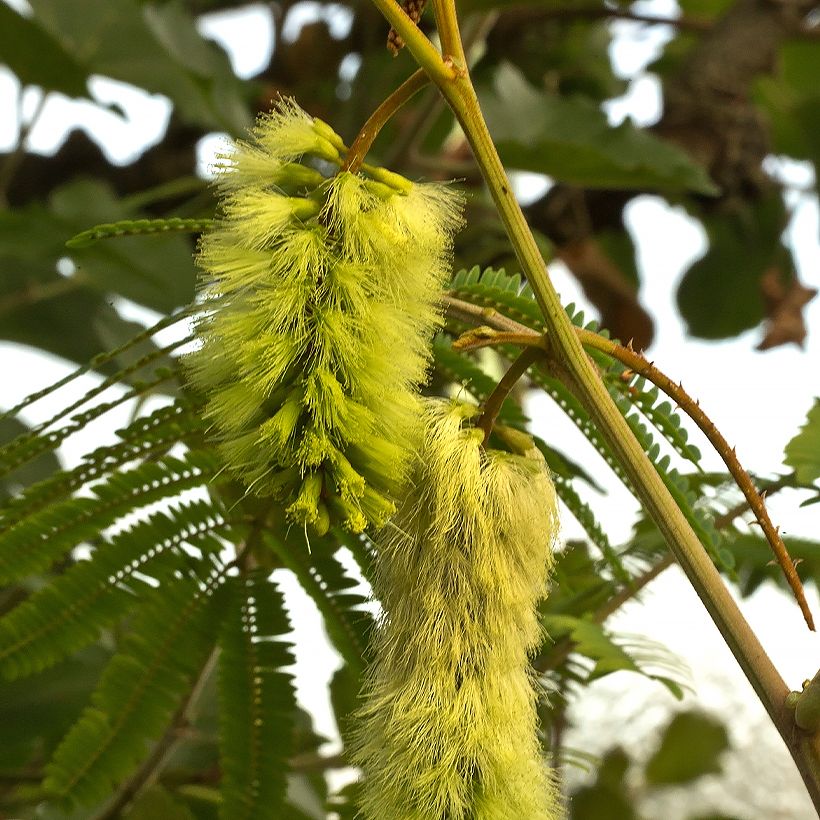

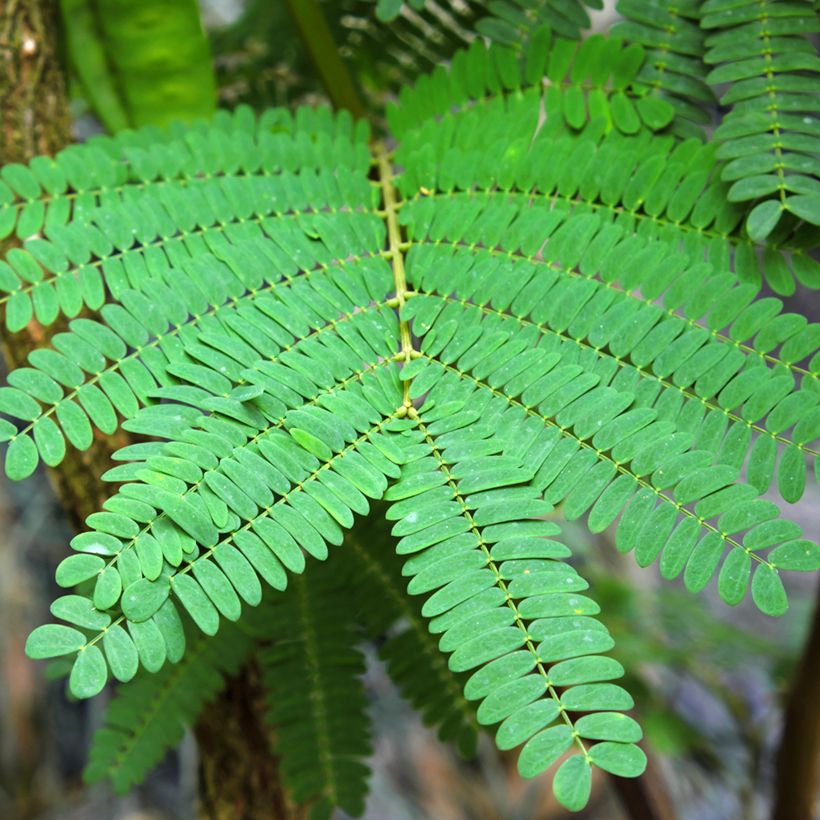

Plant habit
Flowering
Foliage
Botanical data
Paraserianthes
lophantha
Fabaceae
Cape Wattle, Crested Wattle, Plume Albizia, Plume Acacia
Australia
Other Albizia
View all →Planting and care
The Paraserianthes lophantha, also known as Albizia lophanta, is not as hardy as the widely spread Albizia julibrissin. This bush is frost-sensitive and can only withstand a few degrees below zero, and even then, not for an extended period. Therefore, it should only be planted in the mildest areas of the Atlantic coast, and preferably in spring to allow it time to establish its roots before the following winter.
Choose a location sheltered from cold winter winds, or incorporate it into a bed, as the proximity of other bushes or trees will provide some protection. It can thrive in partial shade as well as in full sun. It prefers neutral soil but is relatively tolerant of different soil types, as long as it is light and well-drained to avoid waterlogging in winter. Once established, it proves quite resistant to drought.
Planting period
Intended location
Care
Planting & care advice
-
, onOrder confirmed
Reply from on Promesse de fleurs
Similar products
Haven't found what you were looking for?
Hardiness is the lowest winter temperature a plant can endure without suffering serious damage or even dying. However, hardiness is affected by location (a sheltered area, such as a patio), protection (winter cover) and soil type (hardiness is improved by well-drained soil).

Photo Sharing Terms & Conditions
In order to encourage gardeners to interact and share their experiences, Promesse de fleurs offers various media enabling content to be uploaded onto its Site - in particular via the ‘Photo sharing’ module.
The User agrees to refrain from:
- Posting any content that is illegal, prejudicial, insulting, racist, inciteful to hatred, revisionist, contrary to public decency, that infringes on privacy or on the privacy rights of third parties, in particular the publicity rights of persons and goods, intellectual property rights, or the right to privacy.
- Submitting content on behalf of a third party;
- Impersonate the identity of a third party and/or publish any personal information about a third party;
In general, the User undertakes to refrain from any unethical behaviour.
All Content (in particular text, comments, files, images, photos, videos, creative works, etc.), which may be subject to property or intellectual property rights, image or other private rights, shall remain the property of the User, subject to the limited rights granted by the terms of the licence granted by Promesse de fleurs as stated below. Users are at liberty to publish or not to publish such Content on the Site, notably via the ‘Photo Sharing’ facility, and accept that this Content shall be made public and freely accessible, notably on the Internet.
Users further acknowledge, undertake to have ,and guarantee that they hold all necessary rights and permissions to publish such material on the Site, in particular with regard to the legislation in force pertaining to any privacy, property, intellectual property, image, or contractual rights, or rights of any other nature. By publishing such Content on the Site, Users acknowledge accepting full liability as publishers of the Content within the meaning of the law, and grant Promesse de fleurs, free of charge, an inclusive, worldwide licence for the said Content for the entire duration of its publication, including all reproduction, representation, up/downloading, displaying, performing, transmission, and storage rights.
Users also grant permission for their name to be linked to the Content and accept that this link may not always be made available.
By engaging in posting material, Users consent to their Content becoming automatically accessible on the Internet, in particular on other sites and/or blogs and/or web pages of the Promesse de fleurs site, including in particular social pages and the Promesse de fleurs catalogue.
Users may secure the removal of entrusted content free of charge by issuing a simple request via our contact form.
The flowering period indicated on our website applies to countries and regions located in USDA zone 8 (France, the United Kingdom, Ireland, the Netherlands, etc.)
It will vary according to where you live:
- In zones 9 to 10 (Italy, Spain, Greece, etc.), flowering will occur about 2 to 4 weeks earlier.
- In zones 6 to 7 (Germany, Poland, Slovenia, and lower mountainous regions), flowering will be delayed by 2 to 3 weeks.
- In zone 5 (Central Europe, Scandinavia), blooming will be delayed by 3 to 5 weeks.
In temperate climates, pruning of spring-flowering shrubs (forsythia, spireas, etc.) should be done just after flowering.
Pruning of summer-flowering shrubs (Indian Lilac, Perovskia, etc.) can be done in winter or spring.
In cold regions as well as with frost-sensitive plants, avoid pruning too early when severe frosts may still occur.
The planting period indicated on our website applies to countries and regions located in USDA zone 8 (France, United Kingdom, Ireland, Netherlands).
It will vary according to where you live:
- In Mediterranean zones (Marseille, Madrid, Milan, etc.), autumn and winter are the best planting periods.
- In continental zones (Strasbourg, Munich, Vienna, etc.), delay planting by 2 to 3 weeks in spring and bring it forward by 2 to 4 weeks in autumn.
- In mountainous regions (the Alps, Pyrenees, Carpathians, etc.), it is best to plant in late spring (May-June) or late summer (August-September).
The harvesting period indicated on our website applies to countries and regions in USDA zone 8 (France, England, Ireland, the Netherlands).
In colder areas (Scandinavia, Poland, Austria...) fruit and vegetable harvests are likely to be delayed by 3-4 weeks.
In warmer areas (Italy, Spain, Greece, etc.), harvesting will probably take place earlier, depending on weather conditions.
The sowing periods indicated on our website apply to countries and regions within USDA Zone 8 (France, UK, Ireland, Netherlands).
In colder areas (Scandinavia, Poland, Austria...), delay any outdoor sowing by 3-4 weeks, or sow under glass.
In warmer climes (Italy, Spain, Greece, etc.), bring outdoor sowing forward by a few weeks.






























